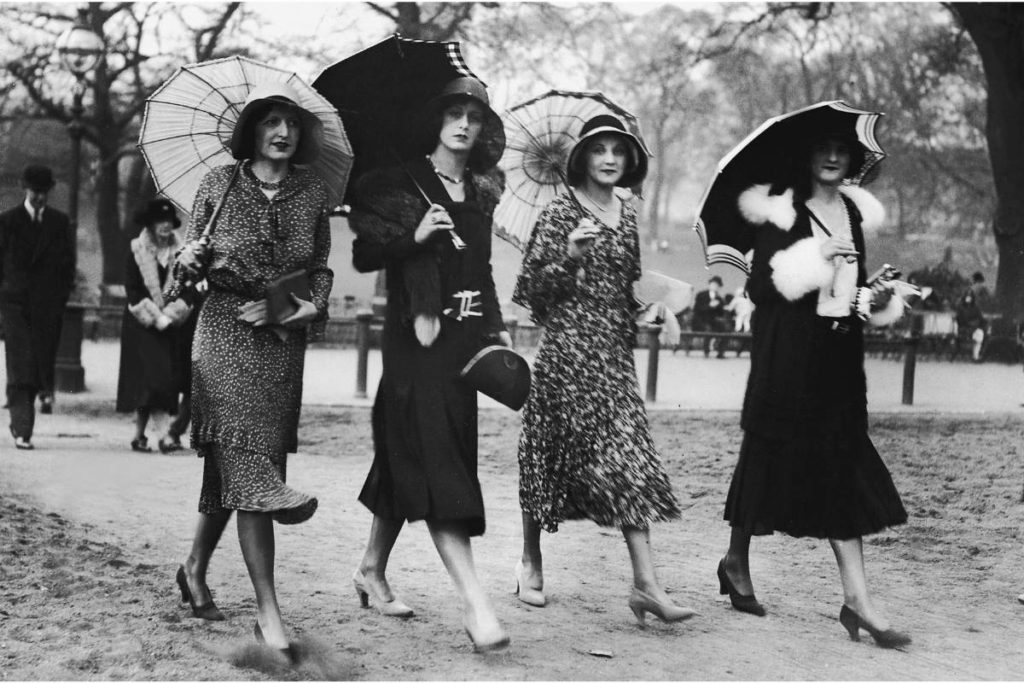In 1930s fashion, the introduction of new fabrics signaled a change in the way women dressed. Rayon and silk were two such fabrics that made their debut during this time period. They were sportier and more functional than the traditional materials used for clothing, which helped to usher in a new era of fashion
1930s Fashion Trends
In the 1930s, fashion designers began to experiment with new fabrics such as rayon, which was a synthetic fiber made from cellulose. This allowed for cool, comfortable summer clothing that hung well on the body.
Rayon skirts and blouses were popular among women, and men often wore lightweight slacks and short-sleeved shirts made from the fabric. Other popular summer fabrics included linen and cotton, which were both natural fibers that breathed well and kept the body cool.
Designers also began to experiment with prints and patterns, using bold geometric shapes and Art Deco influences. Floral prints were also popular, particularly for women’s dresses. Colorful stripes were often used to add a touch of whimsy to summer clothing.

One of the most popular styles of the 1930s was the beach pyjama, which was a loose-fitting outfit made from lightweight fabric. It typically consisted of a shirt and pants, and women often wore them with sandals or espadrille shoes. The beach pyjama was comfortable and practical, but also stylish and flattering. It became a popular choice for summer outings, such as picnics and days spent at the beach. Today it is only known as a vintage dress-up costume.
Fabrics Used in Summer
Cotton
Cotton fabric was used to make clothing for both men and women during the 1930s. It was a lightweight and breathable fabric that was perfect for summer weather. Cotton clothing was also relatively affordable, which made it popular among people of all socioeconomic backgrounds.
Rayong
Rayon is a synthetic fabric that was first introduced in the 1930s. It is made from wood pulp and is known for its soft, silk-like texture. Rayon was often used to make dresses, blouses, and skirts during the 1930s.
Silk
Silk was a luxurious fabric that was often used to make eveningwear during the 1930s. It was soft, smooth, and had a glossy sheen that made it perfect for special occasions. Silk dresses were often adorned with beads, sequins, and other embellishments.
Fabrics Used in Winter
Wool
Wool was a popular fabric for winter clothing during the 1930s. It was warm, durable, and resistant to wrinkling, making it ideal for cold weather. Wool coats, sweaters, and trousers were common items in 1930s fashion.
Chambray
Chambray is a cotton fabric that has a blue-gray color. It was often used to make workwear during the 1930s, such as overalls and shirts. Chambray was also used to make casual dresses and skirts.
Corduroy
Corduroy is a type of fabric that has raised ridges, or “cords,” running along its surface. It was often used to make winter clothing like coats and trousers during the 1930s. Corduroy was also used to make casual shirts and dresses.
Flannel
Flannel is a type of fabric that is made from wool or cotton. It is soft and fuzzy, making it ideal for winter clothing. Flannel was often used to make shirts, pajamas, and nightgowns during the 1930s.
Tweed
Tweed is a type of fabric that is made from wool. It is a sturdy material that is often used for winter clothing like coats and jackets. Tweed was also popular for making suits during the 1930s.



